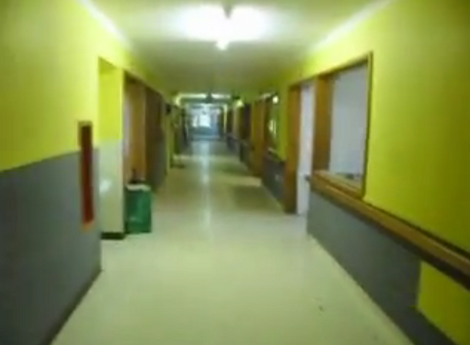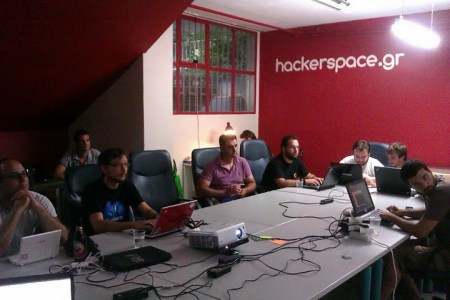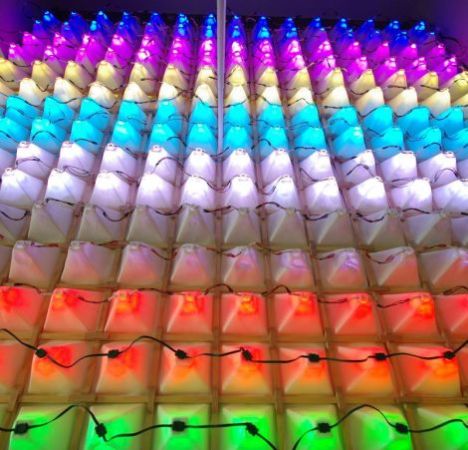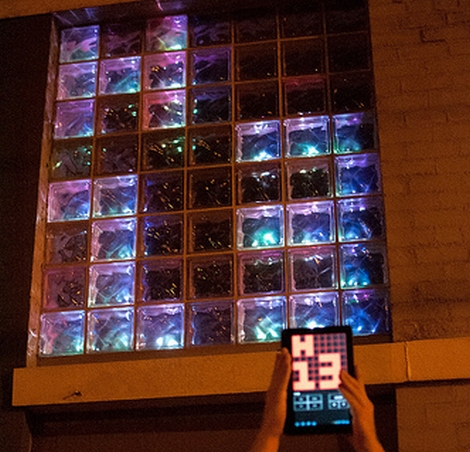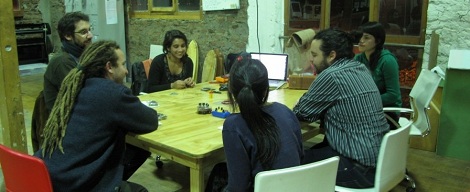
[Roy MacDonald] sent in a few links to all the cool stuff his home base – the StgoMakerSpace (Google translation) in Santiago, Chile – is putting together. They’re a new hackerspace that’s only been open for two months or so, but already they’re put together a great assemblage of tools, hosted a few awesome workshops, and even gotten a good bit of local media exposure.
The StgoMakerSpace found its first bit of fame with a very in-depth article in Qué Pasa, a Chilean magazine (Google Translate). There’s a lot of very, very talented people at StgoMakerSpace that includes [macapola], an industrial designer who spent a year in China learning all about modern, global manufacturing processes.
StgoMakerSpace has a few workshops coming up, including a Kinect hacking workshop, and Arduino workshop, and a welding workshop. If you’re around Santiago, it’s worth checking out. In addition to very, very smart people and a whole bunch of tools, StgoMakerSpace also has a retro video game museum and FREE BEER brewed in-house.
As a small aside, [Roy] tells us the word ‘hacker’ has a negative connotation in Spanish, and it immediately associated with cybercrime; that’s the reason it’s the Santiago Makerspace. In our experience, the same connotation sometimes applies in English, something that hasn’t stopped all the Hackerspaces around the US.





